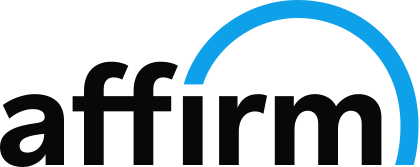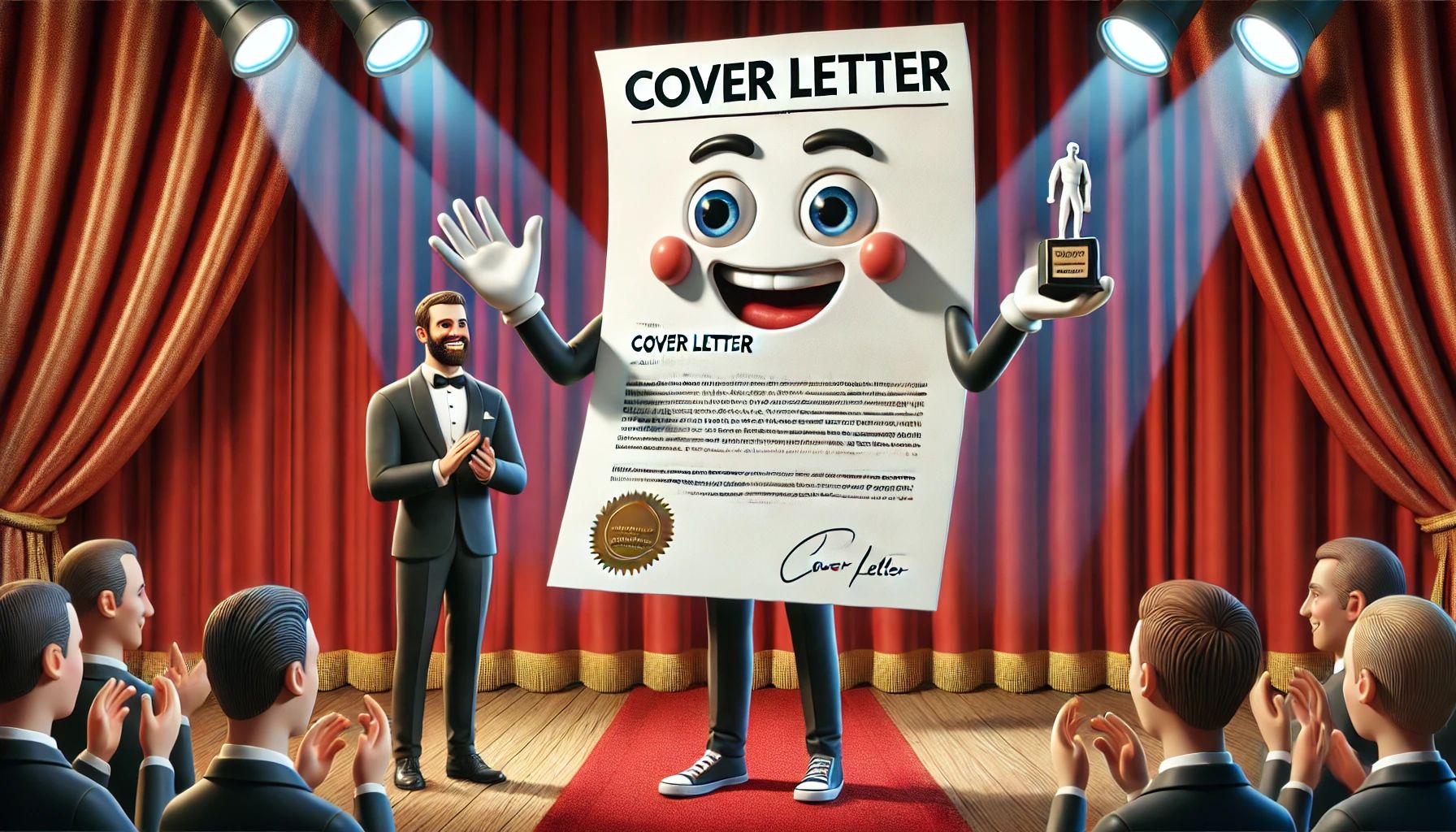
If there is one thing we have learned watching our political leaders, it is that framing the message to establish a narrative is an effective tool. If you wanted to give it an official definition, the Harvard Business Review defines framing as “the essence of targeting a communication to a specific audience.” When one considers the environmental limitations one’s resume encounters, it is easy to see the importance of properly framing one’s message for optimal results. Recruiters reportedly skim an applicant’s resume for only 7.4 seconds before deciding relevance. Again, that’s 7.4 seconds! So it is obvious the whole resume is not read immediately. As such, the relevance and placement of high-value information is more important than overall volume.
Let’s take a look at a few ways one can optimize a resume to position applicants for consistency in gaining quality interviews.
High-relevance Summary and Core Competencies Section
So, what is the worst thing one can do as a reporter writing a story? Burying the lead! Most job applicants make the same mistake when preparing their own resumes. When you have less than 8 seconds to prove viability, the high-powered selling points can’t be hard to find in the resume. We read from top to bottom, so one’s profile section can do a lot to spur interest when done right. Or lose your reader forever if not. Many take this section lightly, thinking that “once the recruiter sees my experience below, I’ll be fine.” The problem is that they may not get there if your opening is loaded with a bunch of flowery nonsensical self-congratulatory claims that everyone thinks about themselves. After all, who doesn’t think they are a team player?
The profile and core competencies sections are a good way to encapsulate differentiator information. Remember that your resume does not exist in a vacuum. That overworked recruiter may have already gone through 125 resumes before getting to yours. They know B.S. when they hear it, so don’t insult them with it. When framing the message, stick to concepts relevant to the position in question where your experience, training, or knowledge base align with it.
Does the Reader Need to Know Everything?
Your background may be a one with exposure to numerous industries and position types, causing you to pick up a number of skills. And in a face-to-face conversation, this may be of value. But in the bottleneck of determining who will get into that interview door, recruiters and hiring managers are looking to check off very specific boxes. If they do not determine you meet the bare minimum skill set requirement, it does not matter how many other things you bring to the table. You only have 7.4 seconds to make your pitch. If the recruiter has to wade through 20 concepts to find 5 relevant ones, you have already lost the battle.
Keep the focus on the qualifications of the position when determining the content of your resume. Be sure your reader understands you meet all of their primary needs before going into all of the other areas. They may be helpful in the long run, but they don’t necessarily move the meter. Don’t feel you need to elaborate on every single thing you may have done in your previous role. Hit your reader with the high relevance content first and foremost. Minimize, or even trim out the low-level content that won’t help. A resume’s job is to spur interest and gain you an audience. Framing the message does not entail documenting every waking minute of every day since you left school.
Feature Some of Your More Impactful Highlights
The high achievers among us have the first-world problem. They have so many notables that they do not know if including them all will overload their most recent role from a content volume standpoint. A good problem to have, right? One way to manage overflow is by pulling out 3 to 5 of the most impressive highlights as a teaser in their own section. A well-developed and properly placed highlights section can help tease your reader into wanting to know more. When within that 7.4 seconds a recruiter sees you have slashed national transportation costs 37%, negotiated $13.3 million in contract savings, or saved a high-value relationship worth $22 million per year to your company, they know they can sell that to their clients looking for talent.












